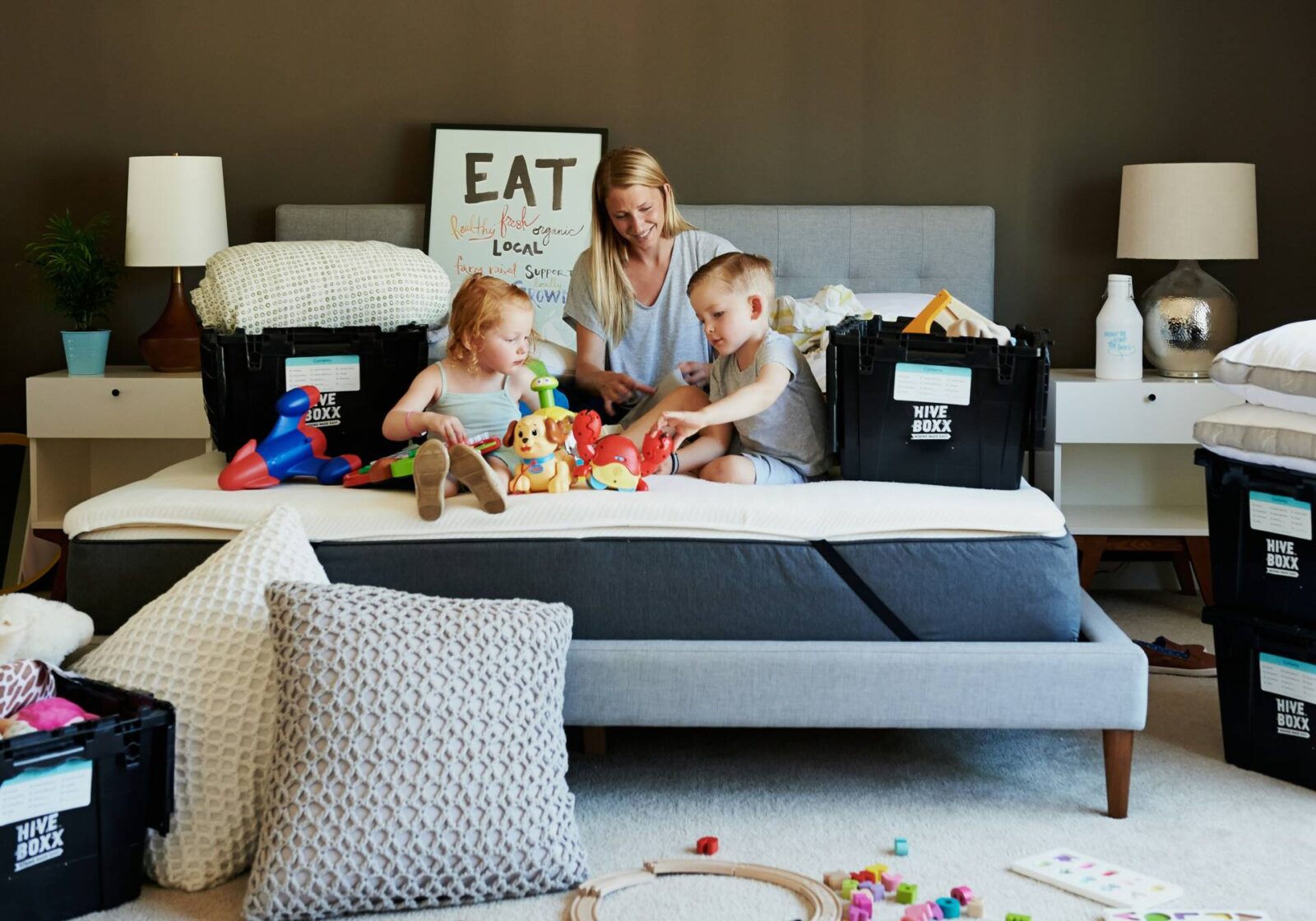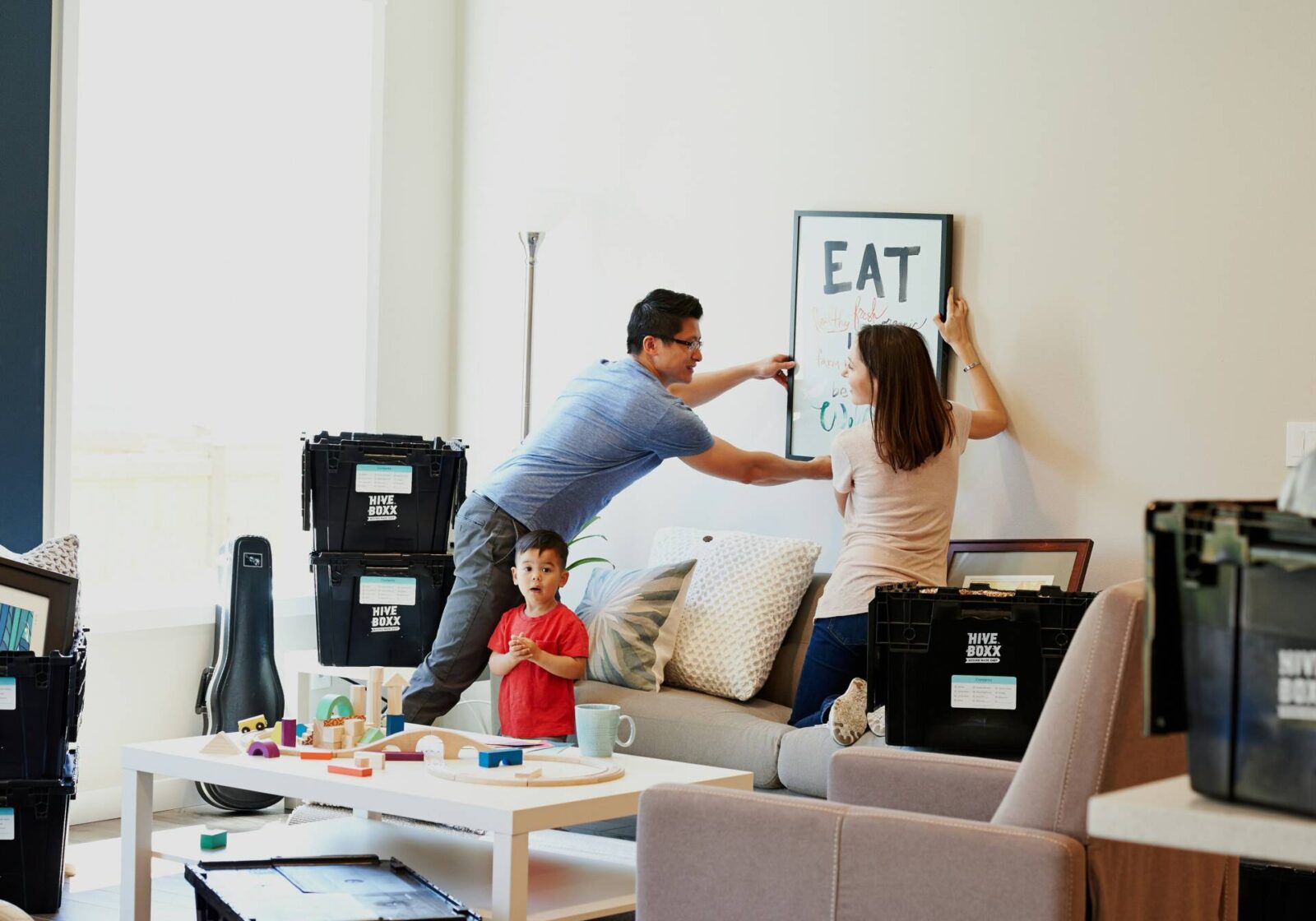Collaborative Post
Moving home can be a bewildering experience for a toddler. Their familiar surroundings and routines provide a sense of security, so the prospect of change can be unsettling. Here are strategies to help your toddler understand and cope with the transition of moving to a new home.
1. Prepare in Advance
Introduce the Concept Early: Start talking about the move well in advance. Use simple language to explain what moving means and why it’s happening. Toddlers benefit from repetition, so mention the move frequently in a positive context.
Storybooks and Play: Use storybooks about moving house to illustrate the process. To make the concept more tangible, engage in pretend play with toy houses and furniture. This helps your toddler visualise what moving involves.
2. Keep Routines Consistent
Maintain Daily Routines: Consistent routines provide comfort. Keep mealtimes, bedtimes, and other daily activities as normal as possible. Familiar routines amidst change can help reduce anxiety.
Pack Favourite Items Last: Leave your toddler’s favourite toys, books, and comfort items until the final packing stages. This ensures they have their cherished belongings around them for as long as possible.

3. Involve Them in the Process
Packing Together: Allow your toddler to help pack some of their belongings. This involvement can give them a sense of control and participation. Make it fun by turning packing into a game. You should hire a company of movers such as finestvan.co.uk so that the rest of packing and moving is not on your shoulders – that way you can focus on their needs and make it fun.
Visit the New Home: If feasible, take your toddler to visit the new home before moving day. Show them their new room and let them explore the new environment. This can make the new house feel more familiar and less intimidating.
4. Focus on the Positives
Highlight Exciting Aspects: Emphasise the exciting parts of the move, such as a new room to decorate, a garden to play in, or a nearby park. Positivity can help your toddler associate the move with pleasant experiences.
Reassurance: Reassure your toddler that important aspects of their life will remain unchanged. Explain that their family, favourite toys, and routines will all be coming with them to the new house.
5. Read and Talk About Feelings
Acknowledge Emotions: It’s important to validate your toddler’s feelings. Explain that feeling sad, scared, or excited about the move is okay. Use simple language to help them articulate their emotions.
Storytelling: Share stories about other children or animals that moved to a new home and how they felt. This can help your toddler understand their feelings and see that everything will be okay.

6. Make Moving Day Fun
Special Role: Give your toddler a special role on moving day, such as carrying a favourite toy or helping to pack a small box. This can make them feel important and involved.
Comfort and Familiarity: Keep comfort items like a favourite blanket or stuffed animal readily available. These can provide reassurance during the hustle and bustle of moving day.
7. Settling In
Set Up Their Room First: Prioritise setting up your toddler’s room in the new home. Familiar bedding, toys, and furniture can make the new space feel more like home.
Explore Together: Spend time exploring the new house and neighbourhood together. Establish new routines and find new favourite spots to help your toddler feel more at home.
8. Patience and Support
Be Patient: Understand that adjusting to a new home takes time. Be patient with your toddler and provide extra attention and comfort during this period.
Stay Positive: Your attitude towards the move will influence your toddler’s perception. Stay positive and cheerful, even when things get stressful.
Conclusion
Helping a toddler understand and cope with moving home requires patience, reassurance, and a lot of communication. By involving them in the process, maintaining routines, and focusing on the positives, you can make the transition smoother and less daunting for your little one. With your support and understanding, your toddler will soon adapt and find comfort in their new surroundings.
